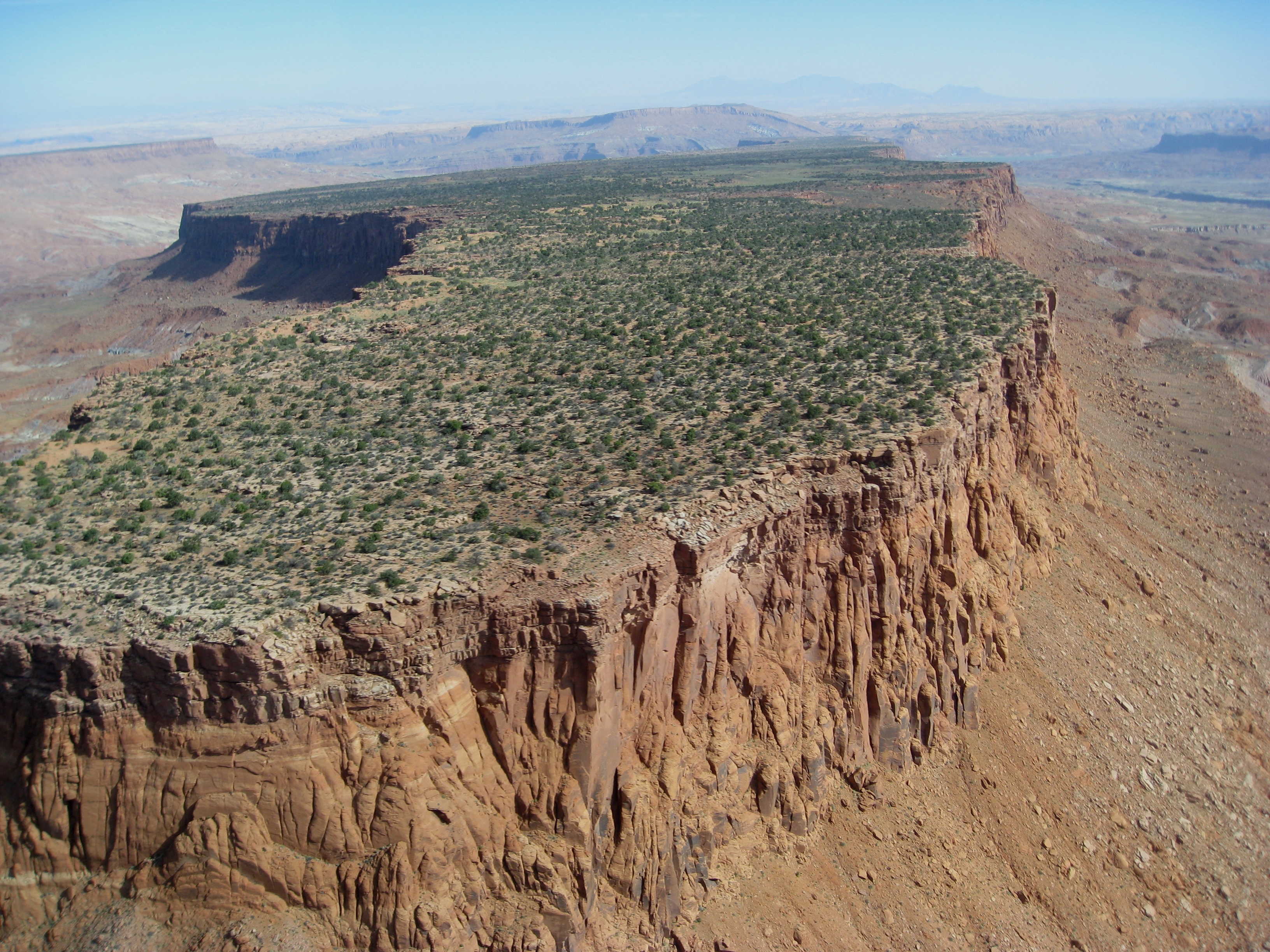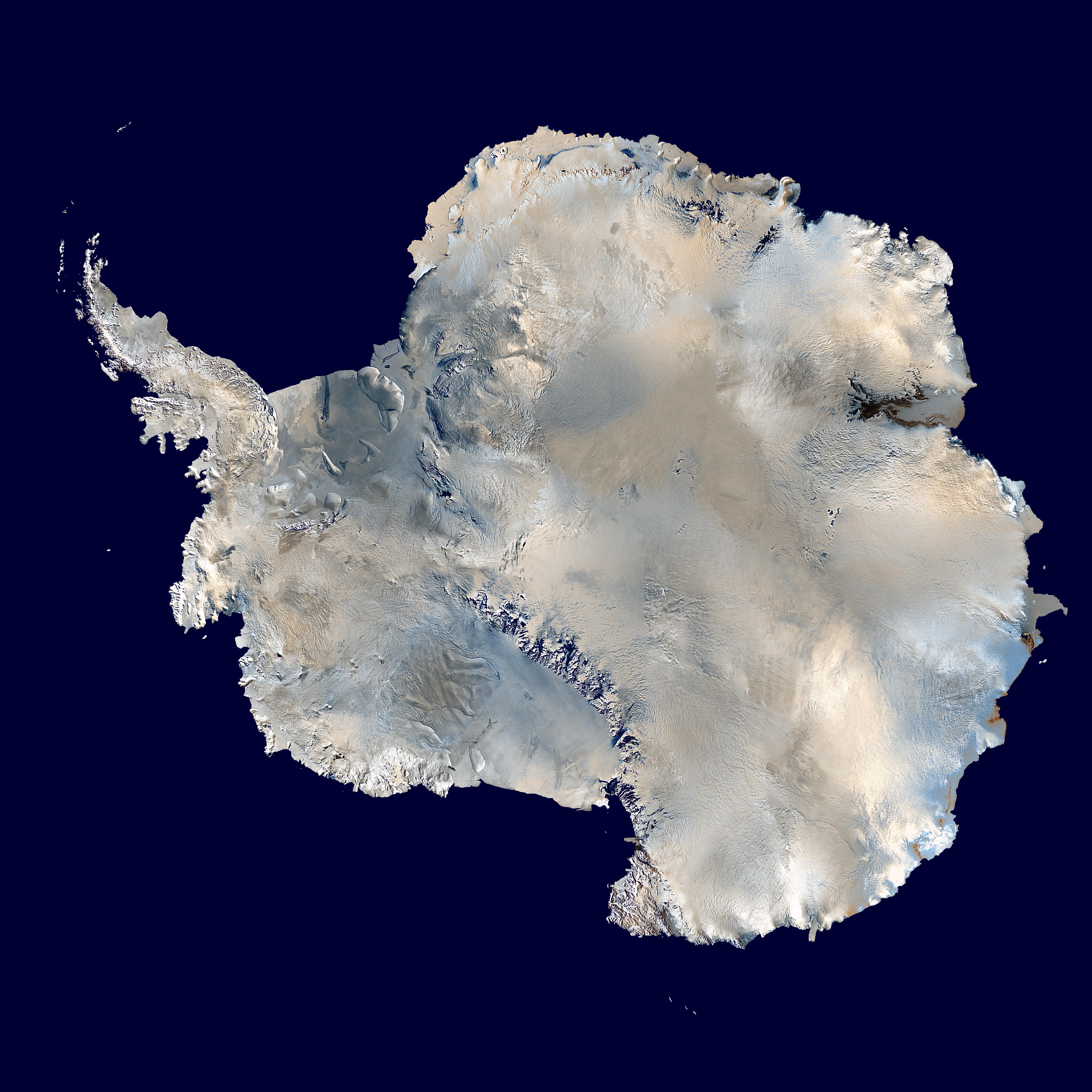|
Cleveland Mesa
Cleveland Mesa () is a high, ice-covered mesa, long and wide, situated at the southeast end of Michigan Plateau, Antarctica. It was mapped by the United States Geological Survey from surveys and from U.S. Navy air photos, 1960–64, and named by the Advisory Committee on Antarctic Names for Harlan Cleveland, Assistant Secretary of State for International Organization Affairs The Assistant Secretary of State for International Organization Affairs is the head of the Bureau of International Organization Affairs within the United States Department of State that creates and executes policy in international organizations ..., 1961–65, who was Chairman of the Antarctic Policy Group in 1965. See also * Kivi Peak * Mink Peak, standing 2 nautical miles (4 km) north of Cleveland Mesa References External links * Mesas of Antarctica Landforms of Marie Byrd Land {{MarieByrdLand-geo-stub ... [...More Info...] [...Related Items...] OR: [Wikipedia] [Google] [Baidu] |
Mesa
A mesa is an isolated, flat-topped elevation, ridge or hill, which is bounded from all sides by steep escarpments and stands distinctly above a surrounding plain. Mesas characteristically consist of flat-lying soft sedimentary rocks capped by a more resistant layer or layers of harder rock, e.g. shales overlain by sandstones. The resistant layer acts as a caprock that forms the flat summit of a mesa. The caprock can consist of either sedimentary rocks such as sandstone and limestone; dissected lava flows; or a deeply eroded duricrust. Unlike ''plateau'', whose usage does not imply horizontal layers of bedrock, e.g. Tibetan Plateau, the term ''mesa'' applies exclusively to the landforms built of flat-lying strata. Instead, flat-topped plateaus are specifically known as '' tablelands''.Duszyński, F., Migoń, P. and Strzelecki, M.C., 2019. ''Escarpment retreat in sedimentary tablelands and cuesta landscapes–Landforms, mechanisms and patterns.'' ''Earth-Science Reviews, no. ... [...More Info...] [...Related Items...] OR: [Wikipedia] [Google] [Baidu] |
Michigan Plateau
Watson Escarpment () is a major escarpment in the Queen Maud Mountains, trending northward along the east margin of Scott Glacier, then eastward to Reedy Glacier where it turns southward along the glacier's west side. Somewhat arcuate, the escarpment is nearly 100 nautical miles (180 km) long, rises 3,550 m above sea level, and 1,000 to 1,500 m above the adjacent terrain. The north-central part of the escarpment was observed from a vantage point on Supporting Party Mountain and was partially mapped in December 1929 by the Byrd Antarctic Expedition geological party under Laurence Gould. The escarpment was more closely observed in December 1934 by the Byrd Antarctic Expedition geological party under Quin Blackburn, and was named by Byrd for Thomas J. Watson, American business executive, a patron of this expedition. The escarpment and its related features was mapped in detail by United States Geological Survey (USGS) from surveys and U.S. Navy air photos, 1960– ... [...More Info...] [...Related Items...] OR: [Wikipedia] [Google] [Baidu] |
Antarctica
Antarctica () is Earth's southernmost and least-populated continent. Situated almost entirely south of the Antarctic Circle and surrounded by the Southern Ocean, it contains the geographic South Pole. Antarctica is the fifth-largest continent, being about 40% larger than Europe, and has an area of . Most of Antarctica is covered by the Antarctic ice sheet, with an average thickness of . Antarctica is, on average, the coldest, driest, and windiest of the continents, and it has the highest average elevation. It is mainly a polar desert, with annual precipitation of over along the coast and far less inland. About 70% of the world's freshwater reserves are frozen in Antarctica, which, if melted, would raise global sea levels by almost . Antarctica holds the record for the lowest measured temperature on Earth, . The coastal regions can reach temperatures over in summer. Native species of animals include mites, nematodes, penguins, seals and tardigrades. Where vegetation o ... [...More Info...] [...Related Items...] OR: [Wikipedia] [Google] [Baidu] |
United States Geological Survey
The United States Geological Survey (USGS), formerly simply known as the Geological Survey, is a scientific agency of the United States government. The scientists of the USGS study the landscape of the United States, its natural resources, and the natural hazards that threaten it. The organization's work spans the disciplines of biology, geography, geology, and hydrology. The USGS is a fact-finding research organization with no regulatory responsibility. The agency was founded on March 3, 1879. The USGS is a bureau of the United States Department of the Interior; it is that department's sole scientific agency. The USGS employs approximately 8,670 people and is headquartered in Reston, Virginia. The USGS also has major offices near Lakewood, Colorado, at the Denver Federal Center, and Menlo Park, California. The current motto of the USGS, in use since August 1997, is "science for a changing world". The agency's previous slogan, adopted on the occasion of its hundredt ... [...More Info...] [...Related Items...] OR: [Wikipedia] [Google] [Baidu] |
Advisory Committee On Antarctic Names
The Advisory Committee on Antarctic Names (ACAN or US-ACAN) is an advisory committee of the United States Board on Geographic Names responsible for recommending commemorative names for features in Antarctica. History The committee was established in 1943 as the Special Committee on Antarctic Names (SCAN). It became the Advisory Committee on Antarctic Names in 1947. Fred G. Alberts was Secretary of the Committee from 1949 to 1980. By 1959, a structured nomenclature was reached, allowing for further exploration, structured mapping of the region and a unique naming system. A 1990 ACAN gazeeter of Antarctica listed 16,000 names. Description The United States does not recognise territorial boundaries within Antarctica, so ACAN assigns names to features anywhere within the continent, in consultation with other national nomenclature bodies where appropriate, as defined by the Antarctic Treaty System. The research and staff support for the ACAN is provided by the United States Geologi ... [...More Info...] [...Related Items...] OR: [Wikipedia] [Google] [Baidu] |



